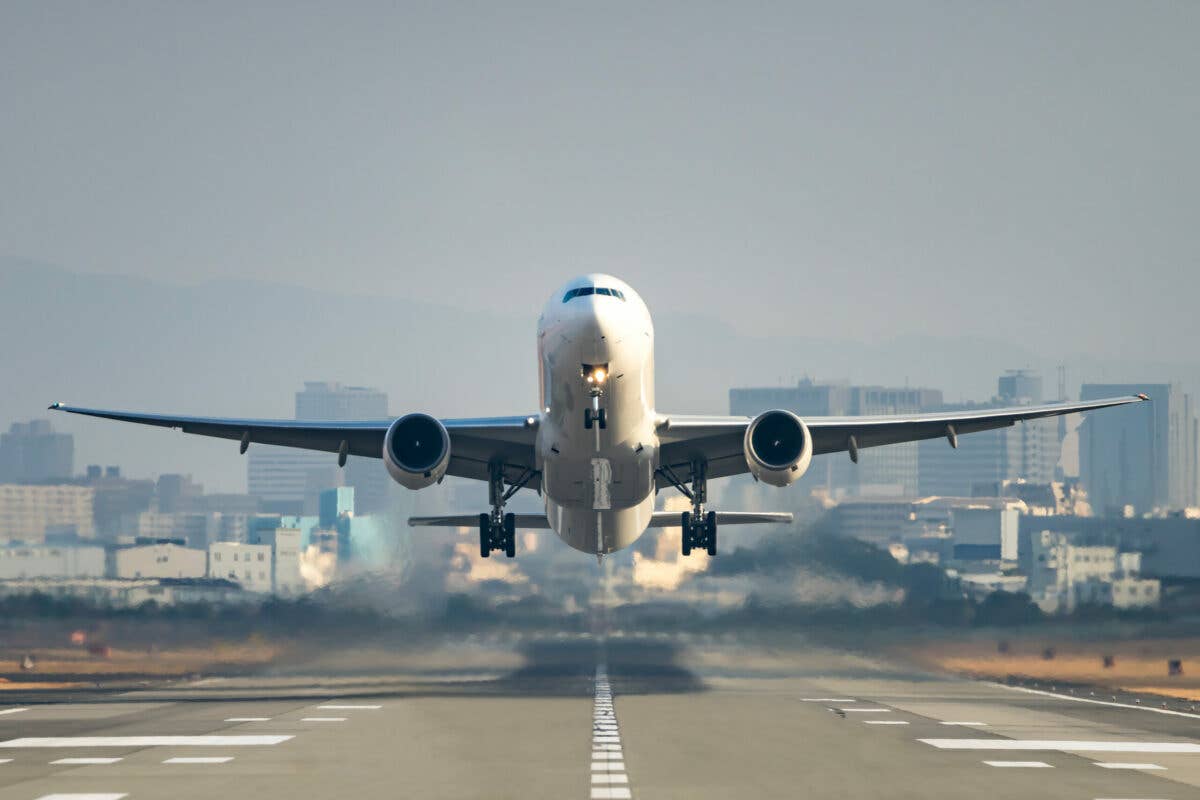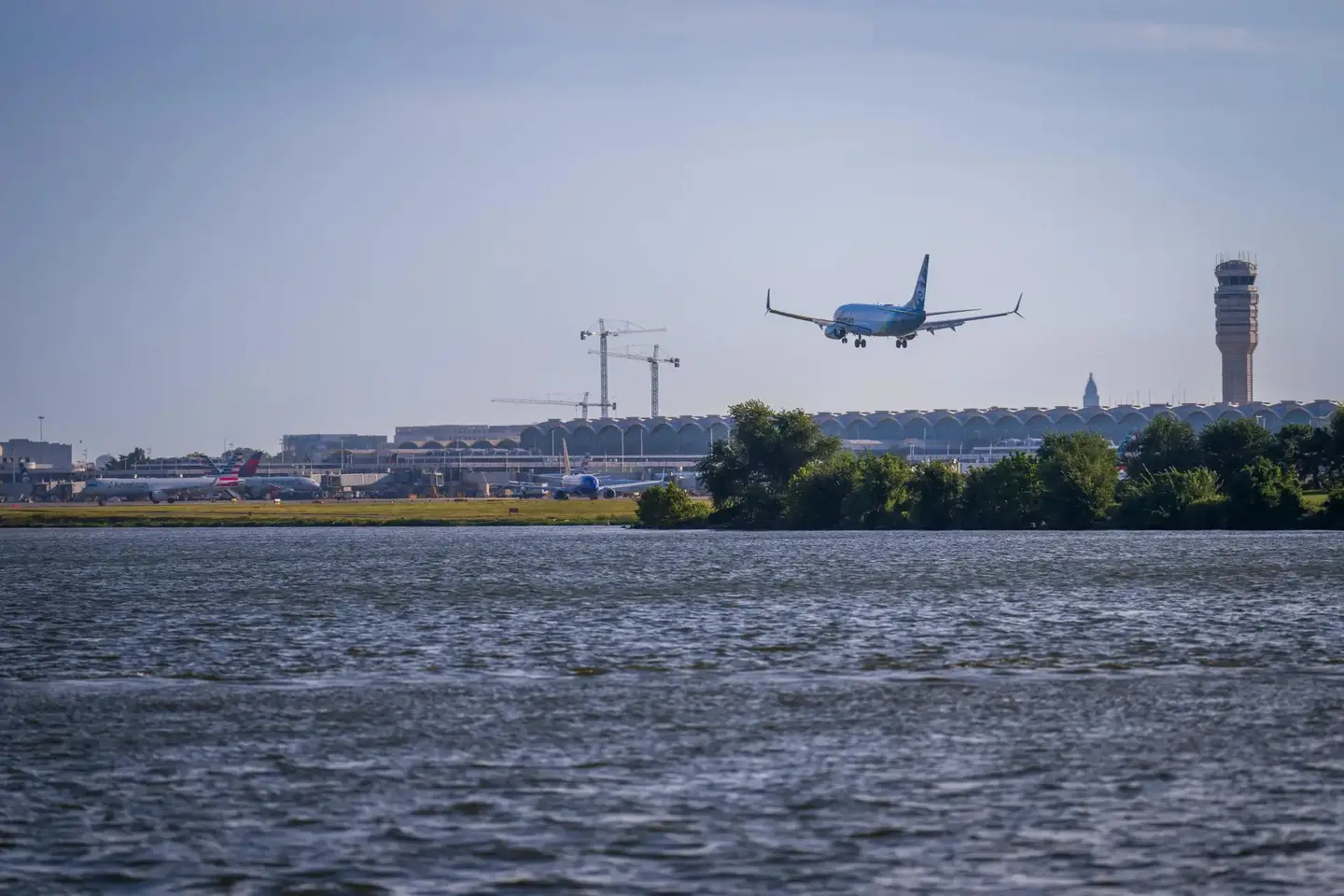
Older airline pilots experience more medical issues that don’t necessarily challenge their daily lives but may keep them out of the cockpit, says veteran airline pilot Les Abend. [Photo: Shutterstock]
No doubt, the flying public is frustrated with enduring the extraordinary volume of cancellations and flight delays. Mainstream media has certainly shone a spotlight on the situation, giving additional anxiety to those who are still formulating their travel plans.
Fingers have pointed at the “pilot shortage,” as a major factor. In that regard, on July 25, Sen. Lindsey Graham (R-SC) and Rep. Chip Roy (R-TX) introduced the “Let Experienced Pilots Fly Act,” which would increase the mandatory airline pilot retirement age from 65 to 67.
The legislation seems to be a knee-jerk reaction in response to justifiably frustrated constituents. Although the premise of the act is intended as a solution, it may actually create more problems. Why? Setting aside the debate of age 67 being an arbitrary number, older airline pilots experience more medical issues that don’t necessarily challenge their daily lives but may keep them out of the cockpit. Cardiac irregularities, blood pressure, or orthopedic surgeries are examples.
According to Capt. Dennis Tajer, spokesperson for American Airlines’ (NASDAQ: AAL) Allied Pilots Association, approximately 4,000 pilots are awaiting FAA reviews for disqualifying medical conditions that are allowed but only through a special approval process. Some pilots have been waiting a year for such approvals.
In an interview on CNBC, the CEO of United Airlines (NASDAQ: UAL), Scott Kirby, stated that 36 percent of his 64-year-old pilots were remaining out of the cockpit—temporarily or permanently—because of medical issues. Stretch the mandatory retirement age to 67 and the percentage will go higher.
In addition, with most retiree medical benefits no longer available or cost prohibitive, older pilots tend to utilize their better-quality employment benefits for elective procedures before leaving the airline, i.e., knee replacements, shoulder surgery, etc. And based on minimal incentives to do otherwise, leaving a large amount of unused sick time on the table just prior to retirement is not usually a pilot’s choice.
Another challenge to raising the mandatory retirement age is the fact that only about nine other countries allow Part 121 air carrier pilots to fly beyond 65. Although ICAO (International Civil Aviation Organization) is not a regulatory agency with enforcement capabilities, age 65 is a limit among the many countries that abide by its rules—the U.S. being one of them. This rule does not allow over-65 pilots to fly internationally, which opens a new can of worms.
How? With most U.S. airlines scheduling a blend of international and domestic flights for pilots, changing the trip pairings would be problematic. Carriers had found it more efficient, and thus more economical, to qualify crews for both international and domestic flying, mixing the two categories within a given trip.
Do the airlines now construct separate, domestic-only trip pairings for the over 65 pilots? And with a seniority-based system initiated in the Lindbergh era for all things airline pilot, are the over 65-ers given special bidding privileges because of the international restriction?
More times than not, a 65-year-old pilot has the seniority to fly widebody airplanes, which are almost exclusively flown on international routes. A domestic-only restriction could potentially exclude that pilot from piloting a widebody airplane. An age 65-plus pilot would be confronted with the only choice of bidding back to narrow-body equipment so as to remain domestic.
Or from another angle, a senior pilot considers that extending his retirement from age 65 to 67 might afford him the opportunity to fly a widebody airplane, but it won’t be possible because of the domestic restriction.
Big deal? Aside from a bruised ego, perhaps a bid backwards would trigger a pay cut, notwithstanding a potentially less desirable schedule among other intrinsic problems that a more senior pilot would not normally incur. So, the incentive would be to retire early—exactly the opposite of the intended effect of retaining experienced pilots.
Some of you might be thinking, “Well, why not pay them the same as if the domestic restriction didn’t exist for the widebody airplane they were once flying?” Good luck convincing the airline of that, especially since the empty seats left by the 65-ers will also trigger training costs for the next senior pilots in line.
Speaking of training costs, if the age 65-plus pilots are forced to transition backwards, a domino effect occurs whereupon they must be trained on the narrow-body airplane while the next senior pilots are trained to fill the vacated seats on the widebody airplane.
In addition, junior pilots on narrow-body equipment may be displaced off the bottom of the list to other airplanes that will also require transition training. The airline academies are already dealing with a bottleneck because their current training infrastructure hasn’t caught up with the demand.
Tajer blamed the airlines for failing to anticipate what should have been a predictable, post-pandemic schedule demand. He indicated that it was a wise move for the U.S. government to grant $54 billion worth of bailout money. The airlines managed the bailout well, keeping Chapter 11 behind a closed door, but the recovery strategy has been woefully deficient.
For the moment, the pilot experience shortage has not quite reached the major airlines because of their source of qualified applicants from the regional carriers. That could change as the hiring faucet from the regionals begins to drip. Tajer said he believes that the long-term solution lies with providing a bridge between a new pilot’s training completion and the experience required to qualify as a pilot for the airlines.
Considering the challenges involved, raising the mandatory retirement to age 67 may not even qualify as a Band-Aid, especially if it infects the wound further.

Sign-up for newsletters & special offers!
Get the latest FLYING stories & special offers delivered directly to your inbox






